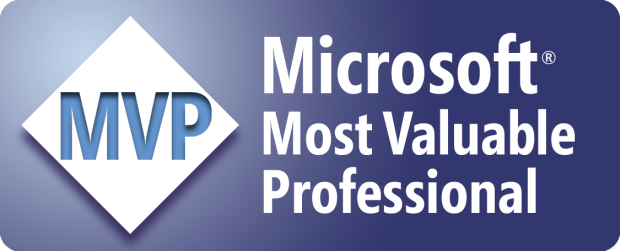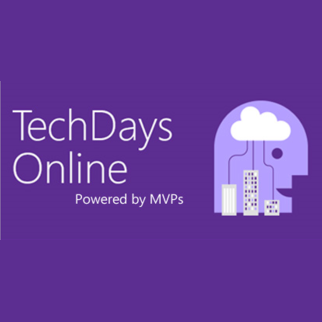The launch event for the UK Office 365 user group. Hosted down at Microsoft’s Victoria offices the first event saw a collection of MS staff, Partners and a small number of Office365 customers arrive to kick of this new community.
You can follow the user group on Twitter on the #o365uguk or #o365ukug hash tag. I’m sure one was the proposed tag but both sprang to life.
The user group website is: http://www.office365usergroup.co.uk/Pages/default.aspx
Arno Nel (MVP) is the group coordinator
Session One
Session one kicked of with Steve Green from Microsoft introducing the user group. I’ve had the pleasure of working with Steve with one of my enterprise clients discussing SharePoint 2010 cloud offerings so I was looking forward to his presentation.
Steve’s session covered the transition from BPOS-S and Office365. We learnt that about 55,000 seats globally are on BPOS-S and Microsoft plan to migrate these to Office365 by September 2012. One interesting nugget was that Microsoft will only discuss Office365 dedicated usage at around 30,000 seat level.
The customer is notified 14 days prior to their tenant being migrated and have the option of a postponement of up to 30 days. Once notified the tenant is then in a situation where parts are being replicated and migration syncing is in progress, effectively the point of no return.
Although widely publicised it was mentioned that Office 2003 and IE6 are not supported or the OCS client connecting to the Lync servers. To be fair no-one in the front end teams will miss IE6  .
.
During the transition Microsoft are responsible for the following:
- Informing the customer, although there are some challenges with the email communications here where unattended mailboxes this may go missing. MS are in the process of resolving this problem.
- Scheduling the transitions.
- Providing information and guidance.
- Providing an uninterrupted mail service, this is something that may prompt for close and reopen the mail client but the actual mails will be uninterrupted.
- Actually migrating all the data, this is a big plus as it doesn’t require engaging an external provider to move from BPOS to Office365.
During the transition the customer is responsible for the following:
- Providing the end user training and communications. An important point to note is that all the data that the organisation wants migrated should be already in SharePoint. This is again the responsibility of the customer.
- Updates required on the client hardware or software.
- Configuration of domain DNS settings for Outlook and Lync.
- Optional – Deploying ADFS role, Exchange Server 2010 CAS Role
Steve’s advice was to run the pre-deployment readiness tool 
One other nugget of information I found useful that following a transition all the sites would be running in v3 UI mode. This means the UI is in 2007 mode and there are opportunities here for v4 implementations to bring in the latest UI features.
Session Two
Session two was presented by Andy Hutchins from Avanade.
And covered a collection of things to consider before you start:
- The business case is not always obvious.
- Sometimes IT is not the organisations core business.
- They don’t always have a corporate roadmap which is aligned with cloud strategies.
- It can be hard to put a value on quantifiable benefits.
- Not everybody loves the cloud
- IT are normally the buyers and they can have special views about cloud implementations. Worrying about internal skills, considerations about job security.
- Lawyers will assess the service agreement with a fine tooth comb.
- Building the coalition
- Get the IT group on board.
- Get Information Security involved.
- Get the Internal Communications team involved so they can help the launch.
- Are the organisations service partners ready?
- Can all the existing service providers work in this new world?
Once you have approval for an Office 365 implementation what to consider next?
- Identity, Identity, Identity.
- Find the right robust champion inside the organisation.
- Remember all the things that normally happen on a project.
- So what is different?
- The tools used.
- Customer responsibilities.
Session Three
Session three was presented by Any Clay of 21Apps fame. Ant’s slides are below but here are some of the key points:
- What is a Hybrid Organisation
- A collection of Microsoft Research from 2010.
- About the people, technology and workplace environment.
- Why is it relevant?
- Work is still based on a factory model mentality.
- Knowledge work doesn’t follow any really well defined global process.
- Economic pressures.
- Cultural shifts and how the company gets business.
- Physical constraints.
- Innovations like establishing the best teams and attracting the best people.
- Where does Office 365 fit in?
- The cloud when it went offline had no-one fighting fires internally, therefore a cost saving internally.
- Focus on your business not your servers, network infrastructure.
- No-one really cares about the tin….. well outside the Server guys…
- Reducing training needs and costs.
- Don’t forget about outside the head office.
- Allows different companies to locate in the same physical location without the complexity of hardware.
- Can be stood up and functioning very quickly.
Office 365 User Group – Hybrid Organisations
View more presentations from 21apps
Wrap-up
I got a lot out of the sessions. It’s great to see such investment in Office 365 and helping partners, ISV’s get information about the offerings and how to leverage them.





